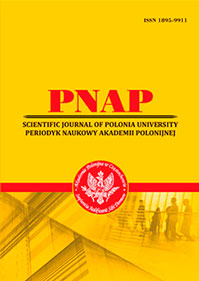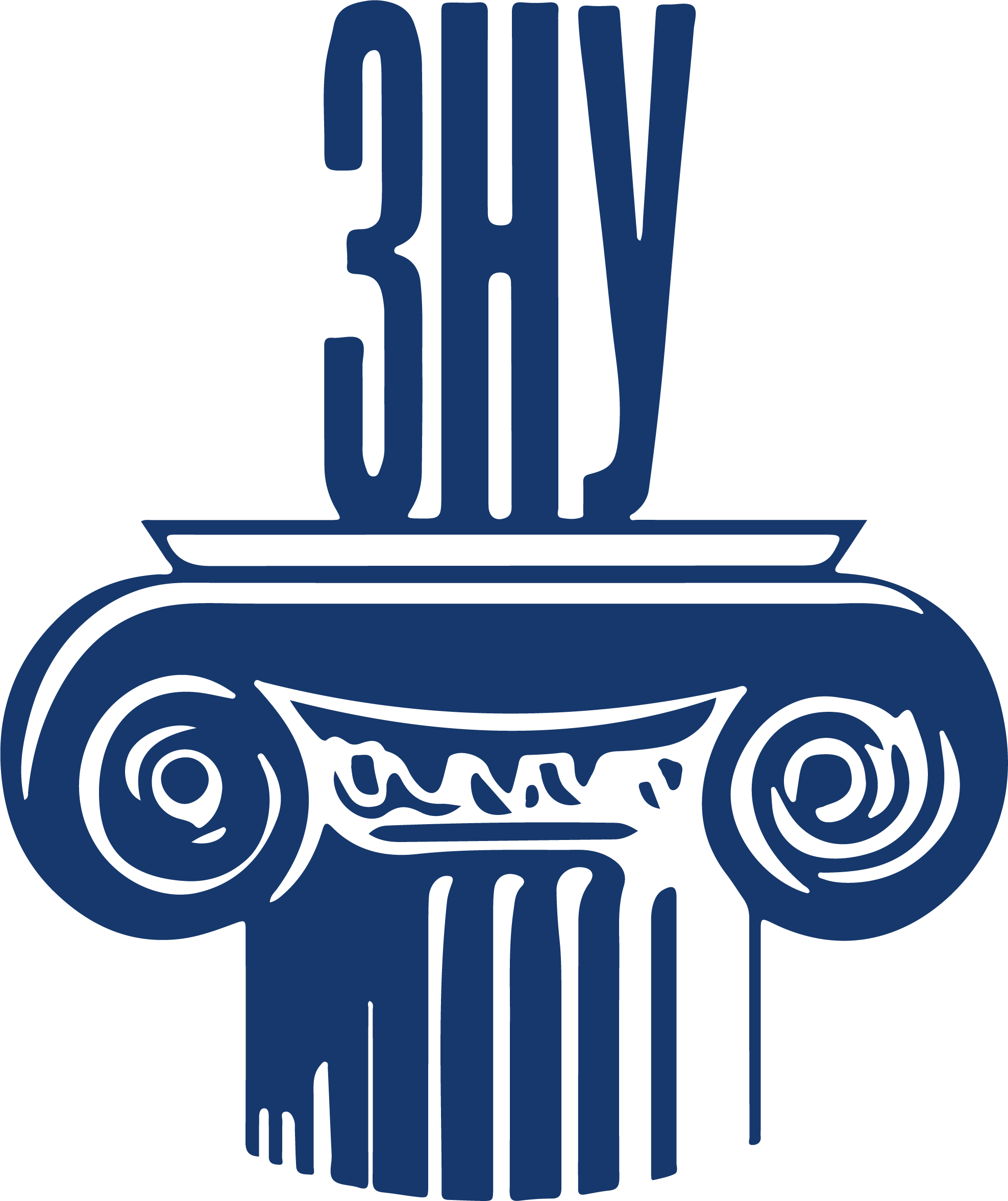THE CONCEPT OF SATIRICAL WRITING: HISTORICAL AND GENEOLOGICAL ASPECT
Abstract
The article examines the interpretation of satire in the diachronic dimension of the development of fiction. The choice of the object of research is determined by the interest of Ukrainian and foreign researchers in the mechanism of satire in the text, as well as the current discussion regarding the understanding of the functioning of satire as a manner of writing. The methodological basis of the study constitutes the works of Jürgen Brummack (“On the Concept and Theory of Satire”), (“Genre Theory. Information and Synthesis”), Klaus W. Hempfer and Jörg Schönert (“The Theory of “Literary” Satire”), in which we can find a descriptive model for the analysis of satire as well as three levels of organization of satirical writing in literary texts. It is noted that the importance of the formation of a model of satirical writing is due to the multigenre manifestation of satire in the texts of different eras, the interpretation of this phenomenon by literary theorists within specific genres (poem, novel, drama, etc.) as well as the intermedia possibilities of satire expression in visual art forms. The article states that satire has a close connection with the comic, since aesthetics, wit of expression and its social component create constants without which its realization is impossible. As a result of the historical review, it was established that the satirical in the text has a certain gradation of its expression – from comic to caustic and offensive. In order to implement a certain gradation level, the author uses language reduction techniques. The overview of the transformations of the concept of satire carried out in the article testifies to various approaches to the definition of satire in specific literary eras, considering cultural processes. Referring to Klaus Zehrer’s research, the differentiation of the intention of satirical writing is analyzed, in which the moral (an eternal ideal as in F. Schiller) or an individual component (criticism of censorship and the struggle for freedom of expression as in H. Heine) prevails to a greater or lesser extent. Based on these data, three timeless signs of the satirical were singled out and analyzed: aesthetic, individual and normative aspects. Historical examples of implementation are given for each of the indicated signs of a satirical style of writing. The satirical manner of writing is a model in which, due to systematization and consideration of invariant features, a reboot of the concept is not created when analyzing a satirical work in the context of a certain literary period.
References
2. Шалагінов Б. Зарубіжна література: від античності до початку ХХ ст. Київ : Вид-во дім «КМ Академія», 2004. 360 с.
3. Henkel N. Gesellschaftssatire im Mittelalter. Formen und Verfahren satirischer Schreibweise in den Sermones nulli parcentes (Walther 6881), im Carmen satiricum des Nicolaus von Bibra, in der Ständekritik von Viri fratres, servi Dei (Walther 20575) und im Buch der Rügen. Epochen der Satire. Traditionslinien einer literarischen Gattung in Antike, Mittelalter und Renaissance / Haye Th., Schnorr F. (Hr.). Hildesheim : Weidmann. 2008. S. 95–118.
4. Маценка С. Барокова сатира «Вигадливі і правдиві видіння Філандера фон Зіттевальда» Й. М. Мошероша у сучасному прочитанні. Від бароко до постмодернізму. 2016. Вип. ХХ. С. 37–44.
5. Schiller F. Über naive und sentimentalische Dichtung. Sämtliche Werke / 8: Philosophische Schriften. Berlin : Aufbau. 2005. S. 433–520.
6. Mittelalter-Lexikon : вебсайт. URL: https://www.mittelalter-lexikon.de/wiki/Satire (дата звернення: 21.12.2022).
7. Peter B. B. Satire in journalistischer Mission Studie zu den journalistischen Leistungen von TV-Kabarettisten als Interviewer. Freiburg 2015. 361 S. URL: https://doc.rero.ch/record/257251/ files/PeterB.pdf (дата звернення: 21.12.2022).
8. Hempfer K. W. Gattungstheorie. Information und Synthese. München : Fink. 1973. 313 S.
9. Brummack J. Zu Begriff und Theorie der Satire. Deutsche Vierteljahrsschrift für Literaturwissenschaft und Geistesgeschichte. 1971. № 45. S. 275–377.
10. Schönert J. Theorie der (literarischen) Satire: ein funktionales Modell zur Beschreibung von Textstruktur und kommunikativer Wirkung. Textpraxis. Digitales Journal für Philologie. Münster, 2011. № 2. S. 1–42. URL: https://www.textpraxis.net/sites/default/files/beitraege/joerg-schoenert-theorie-derliterarischen-satire.pdf (дата звернення: 21.12.2022).
 ISSN
ISSN 


.png)



